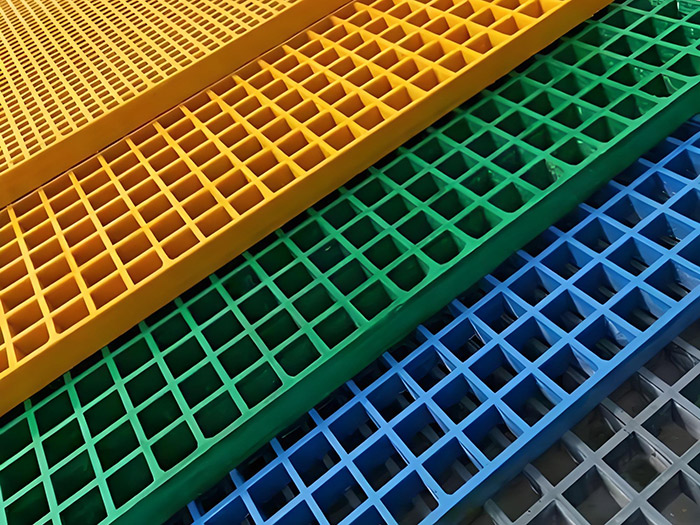Lightweight FRP Channel: The Ultimate Guide for Modern Construction Projects
In modern construction, the demand for durable, lightweight, and cost-effective materials has never been higher. Fiber Reinforced Polymer (FRP) channels have emerged as a revolutionary solution, offering superior performance compared to traditional materials like steel and concrete. But what exactly are FRP channels, and why are they becoming the preferred choice for architects, engineers, and construction professionals? This guide explores the benefits, applications, and considerations of using lightweight FRP channels in contemporary construction projects.
What Are FRP Channels?

FRP channels, also known as Fiber Reinforced Polymer channels, are composite materials made from a combination of polymer resin and reinforcing fibers, typically glass or carbon. These materials are engineered to provide exceptional strength-to-weight ratios, making them ideal for structural applications where weight and durability are critical factors.
Possible Question: How do FRP channels compare to traditional materials like steel and concrete?
FRP channels outperform steel in terms of corrosion resistance and weight reduction, while surpassing concrete in terms of strength and installation speed. Unlike steel, which can rust and require protective coatings, FRP channels are highly resistant to environmental degradation. Additionally, their lighter weight reduces the load on foundations and improves overall structural efficiency.
Benefits of Using FRP Channels
1. Lightweight and High-Strength
One of the most significant advantages of FRP channels is their lightweight yet high-strength composition. This makes them easier to transport and install, reducing labor costs and project timelines.
Possible Question: How does the lightweight nature of FRP channels benefit construction projects?
The reduced weight minimizes the need for heavy equipment, lowers the risk of structural damage during installation, and allows for faster deployment on site. This is particularly beneficial in areas with limited access or challenging terrain.
2. Corrosion Resistance
Unlike steel, FRP channels do not corrode, making them ideal for use in harsh environments, including coastal areas, industrial settings, and regions with high humidity. This longevity translates to lower maintenance costs and extended service life.
3. Design Flexibility
FRP channels can be manufactured in various shapes and sizes, offering designers and engineers greater flexibility in meeting specific project requirements. This adaptability makes them suitable for a wide range of applications, from structural supports to aesthetic cladding.
4. Electrical and Thermal Insulation
FRP channels provide excellent electrical and thermal insulation properties, making them suitable for use in electrical enclosures, ducting, and other applications where energy efficiency is a priority.
Applications of FRP Channels
FRP channels are used in various construction applications, including:
- Structural Supports: Reinforcing beams, columns, and trusses.
- Cable Trays: Providing secure and durable pathways for electrical cables.
- Architectural Cladding: Offering a lightweight and aesthetically pleasing exterior finish.
- Water and Wastewater Systems: Withstanding corrosion and high-pressure conditions.
Possible Question: Can FRP channels be used in marine environments?
Yes, FRP channels are highly resistant to saltwater corrosion, making them an excellent choice for marine and offshore structures. Their durability ensures long-term performance even in the most challenging conditions.
Considerations for Using FRP Channels
While FRP channels offer numerous benefits, there are some considerations to keep in mind:
- Cost: FRP channels can be more expensive than traditional materials upfront, but their long-term durability and low maintenance costs often make them a cost-effective choice.
- Installation: Proper installation techniques are crucial to ensure optimal performance. It’s essential to work with experienced professionals who understand the unique properties of FRP materials.
Sharing the Knowledge
If you’re involved in construction or engineering, sharing this information with your team can lead to more efficient and sustainable project outcomes. FRP channels represent a forward-thinking solution that aligns with the growing demand for environmentally friendly and high-performance building materials. By incorporating FRP channels into your projects, you can enhance structural integrity, reduce environmental impact, and improve overall project efficiency.
In conclusion, lightweight FRP channels are a game-changer in modern construction. Their combination of strength, durability, and versatility makes them an ideal choice for a wide range of applications. By understanding their benefits and considerations, you can leverage this innovative material to create smarter, more resilient, and cost-effective structures.
For more insights on advanced construction materials and techniques, stay tuned to our blog. We’re committed to providing valuable information that helps you succeed in your projects.







